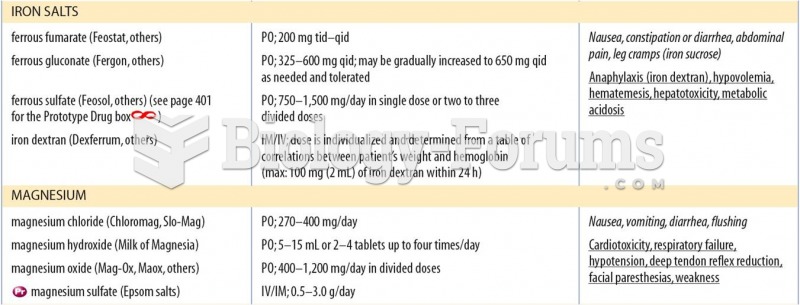Answer to Question 1 Elderly women might need only 1400 to 1600 kcal/day to keep from gaining weight, but special
emphasis should be placed on a diet high in protein, calcium, antioxidants, vitamin C and zinc (for
wound healing), and iron, possibly with glucosamine supplementation. S.P. might need folic acid
supplementation because of methotrexate therapy.
She is receiving the iron supplementation because of blood loss from the surgery.
Arrange for a medical nutrition therapy consultation with a registered dietitian for S.P. and her
family.
Answer to Question 2Location: If possible, make a list of three facilities close to you and make an appointment to visit each
one. Is it located close to home, close to work, or in between so the patient's family can stop in for
visiting, monitoring, and emotional support of the patient?
Level of care: Does the patient need an inpatient rehabilitation facility, skilled nursing facility, nursing
home? Or in-home or outpatient therapy?
Therapeutic services available: Are occupational therapy, physical therapy, speech therapy,
recreational therapy, or respiratory therapy services available? Does the facility offer respite care
services? How many hours of therapy are provided for the patient daily, and are these services
available on weekends?
Cost: Is the stay covered by Medicare or Medicaid or the patient's current insurance policy and for
how long? What is the cost of laundry services?
First impression: When you walk into the facility, what is your first impression? Is it clean? Do you
notice any unusual sights, sounds, or odors? Are staff members interacting with the residents?
Are there handrails in the hallways? Are the residents walking in the halls? Are residents clean and
dressed? Do the residents look well cared for?
Ask questions: Is a registered nurse (RN) working there 24 hours a day? What are the staffing
ratios? How many nursing assistant personnel (NAP) are present each shift and what is their
patient load? Are there scheduled activities and quiet time for residents? Is there a private place
where residents and families can visit? How does staff deal with residents with behavioral and
psychological problems? How often does the physician visit the facility? Does the physician visit
the residents at the rehabilitation facility, or do they have to be taken to the physician's office?
What personal possessions can or should be brought to the rehabilitation facility?
Food services: Look at the kitchen and dining room. Visit at mealtime. Does the food look appetizing?
How is the food served? Are patients assisted with meals?
Requirements for admission: What paperwork is required? Facilities usually require the patient's
full name and maiden name; date of birth (DOB); birthplace; and names of physician, dentist,
pharmacist, responsible person, and person to call in case of an emergency.
Wishes: Does the patient have a living will, power of attorney, or medical treatment plan? If not, a
Physician Orders for Life-Sustaining Treatment form needs to be completed before admission.
Quality of care: Look in the telephone book under Department of Aging Services for the county
or state ombudsman. Contact them to learn whether there is a record of complaints about the
different rehabilitation and nursing homes in your area. Ask where the report of the last state
inspection is posted. Look on the Internet at
http://medicare.gov for information on the qualityof-care record.







